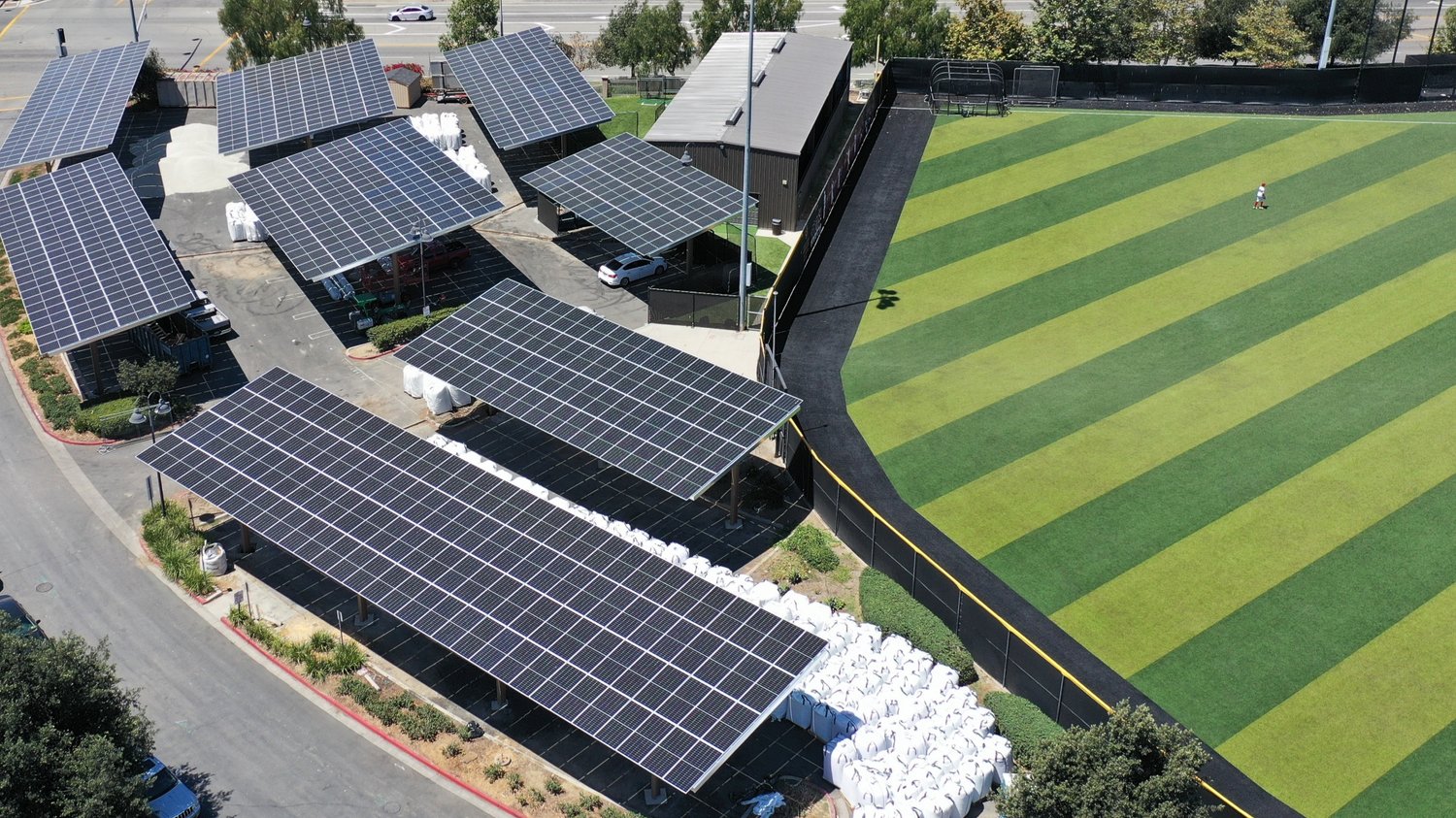ImpactAlpha, Sept. 19 – A shortage of capital is not what’s holding back a faster transition to a low-carbon economy. Rather, it’s an underdeveloped pipeline of investable projects, persistent risks in emerging markets and the pesky problem of how to retire all of those carbon-intensive plants well before their natural lifespans.
Michael Bloomberg’s Climate Finance Leadership Initiative has provided a primer on the challenges – and possible solutions – in time for next week’s Climate Week alongside the U.N. General Assembly. The initiative enlisted leaders of Allianz Global Investors, AXA, Enel, Goldman Sachs, HSBC and Macquarie, along with Japan’s Government Pension Investment Fund to sort out “an inclusive and orderly transition from high- to low-carbon assets on a global scale — and quickly.”
- Falling costs, flat investment. Project developers in most markets can now deliver electricity generated by renewables at lower cost than coal-fired power. But total clean-energy investment of $354 billion in 2018 actually fell from 2017, and is lower even than the 2015 level. Expert estimate a six-fold increase is required to meet the goals of the Paris climate agreement.
- Development pipeline. “The biggest challenge to mobilizing climate finance is not the availability of capital but the lack of a sufficiently strong pipeline of investable projects,” said Macquarie’s Shemara Wikramanayake. Investing directly in developers, rather than projects can offer higher returns and early access to growth markets, the report says (see, “Macquarie Group fills its coffers for ‘pragmatic’ green infrastructure”).
- Stranding assets. U.S. power providers shut down coal plants at a record rate last year, but “the market-driven reduction in coal generation alone is unlikely to achieve the pace of phase-out needed,” the report says. Carbon-intensive steel, cement and aluminum facilities also need to be retired early. “Breaking carbon lock-in will require some carbon-intensive assets to be retired early while transforming the corporations, utilities, and enterprises whose business models are based on their operation.”
- Subsidized carbon. Global subsidies for fossil fuel production totaled $296 billion in 2017, according to the IMF. Including “untaxed negative externalities,” that figure soars to $5.3 trillion in public support for fossil fuels. “These subsidies can exacerbate climate-related transition risks and undermine the competitiveness of low-carbon investment opportunities.”
- Bright spots. Sales of electric passenger vehicles increased from 38,000 in 2011 to nearly 2 million last year – still a small share of the 87 million new vehicles sold globally… Sustainability-linked loans grew to nearly $35 billion last year from close to none in 2016 (see, “An incentive for companies that deliver on sustainability: lower-cost capital”)… Japan’s GPIF built a $1 billion green bonds portfolio in just three months with an intensive effort last year (see “Hiro’s Journey: Japan’s pension fund chief rallies ‘universal owners’ around sustainable finance”).











